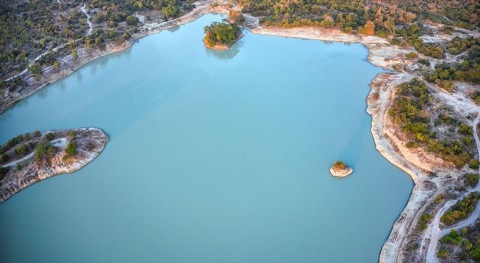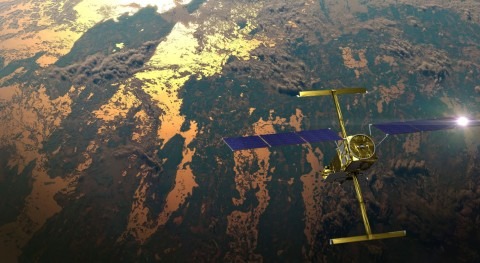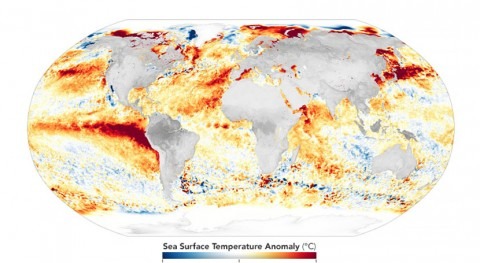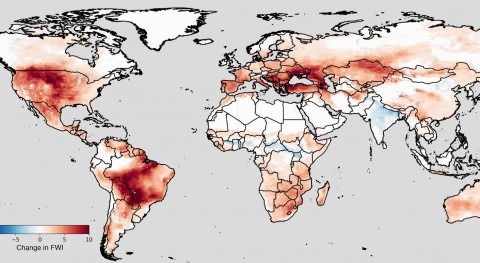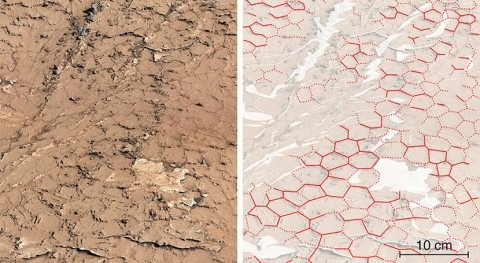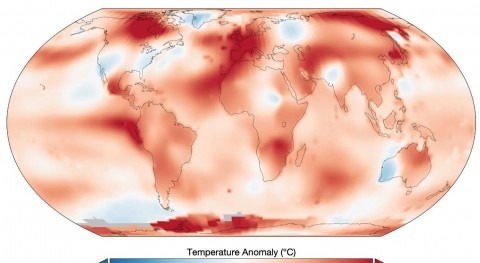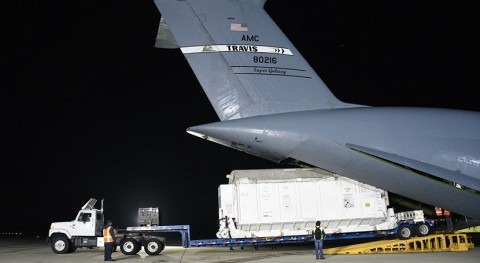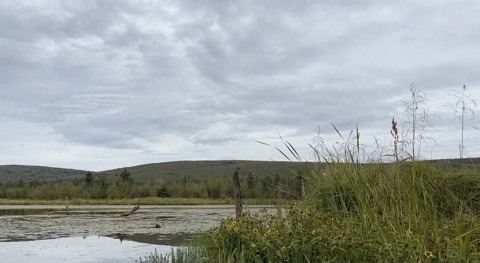The 2015-2016 El Niño event brought weather conditions that triggered regional disease outbreaks throughout the world, according to a new NASA study that is the first to comprehensively assess the public health impacts of the major climate event on a global scale.
El Niño is an irregularly recurring climate pattern characterized by warmer than usual ocean temperatures in the equatorial Pacific, which creates a ripple effect of anticipated weather changes in far-spread regions of Earth. During the 2015-2016 event, changes in precipitation, land surface temperatures and vegetation created and facilitated conditions for transmission of diseases, resulting in an uptick in reported cases for plague and hantavirus in Colorado and New Mexico, cholera in Tanzania, and dengue fever in Brazil and Southeast Asia, among others.
“The strength of this El Niño was among the top three of the last 50 years, and so the impact on weather and therefore diseases in these regions was especially pronounced,” said lead author Assaf Anyamba, a research scientist at NASA’s Goddard Space Flight Center in Greenbelt, Maryland. “By analyzing satellite data and modeling to track those climate anomalies, along with public health records, we were able to quantify that relationship.”
The study utilized a number of climate datasets, among them land surface temperature and vegetation data from the Moderate Resolution Imaging Spectroradiometer aboard NASA’s Terra satellite, and NASA and National Oceanic and Atmospheric Administration precipitation datasets. The study was published Feb. 13 in the journal Nature Scientific Reports.
Based on monthly outbreak data from 2002 to 2016 in Colorado and New Mexico, reported cases of plague were at their highest in 2015, while the number of hantavirus cases reached their peak in 2016. The cause of the uptick in both potentially fatal diseases was an El Niño-driven increase in rainfall and milder temperatures over the American Southwest, which spurred vegetative growth, providing more food for rodents that carry hantavirus. A resulting rodent population explosion put them in more frequent contact with humans, who contract the potentially fatal disease mostly through fecal or urine contamination. As their rodent hosts proliferated, so did plague-carrying fleas.
A continent away, in East Africa’s Tanzania, the number of reported cases for cholera in 2015 and 2016 were the second and third highest, respectively, over an 18-year period from 2000 to 2017. Cholera is a potentially deadly bacterial infection of the small intestine that spreads through fecal contamination of food and water. Increased rainfall in East Africa during the El Niño allowed for sewage to contaminate local water sources, such as untreated drinking water. “Cholera doesn’t flush out of the system quickly,” Anyamba said, “so even though it was amplified in 2015-2016, it actually continued into 2017 and 2018. We’re talking about a long-tailed, lasting peak.”
In Brazil and Southeast Asia, during the El Niño dengue fever proliferated. In Brazil the number of reported cases for the potentially deadly mosquito-borne disease in 2015 was the highest from 2000 to 2017. In Southeast Asia, namely Indonesia and Thailand, the number of reported cases, while relatively low for an El Niño year, was still higher than in neutral years. In both regions, the El Niño produced higher than normal land surface temperatures and therefore drier habitats, which drew mosquitoes into populated, urban areas containing the open water needed for laying eggs. As the air warmed, mosquitoes also grew hungrier and reached sexual maturity more quickly, resulting in an increase in mosquito bites.



